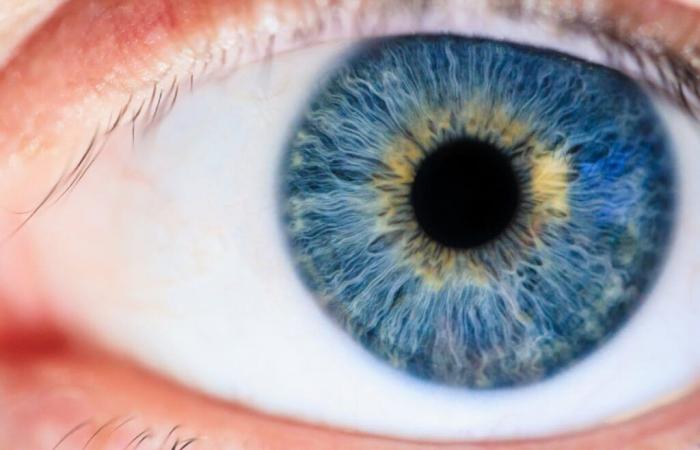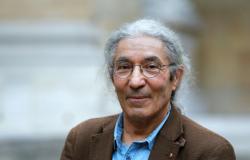How to restore sight without invasive surgery? Japanese researchers have grown human retinal cells to fill a macular hole in a monkey, with encouraging results.
The macaque’s retina showed a macular hole, a condition linked to aging that clouds central vision. Rather than resorting to traditional methods, scientists implanted cells derived from a human embryo.
The usual surgical process, which involves removing cells from the periphery of the retina, has drawbacks: it reduces peripheral vision. With the use of stem cells, researchers hope to avoid this loss.
The monkey, before the transplant, struggled to fixate points during visual tests. Six months after the intervention, he was able to fix between 11 and 26% of the points, compared to only 1.5% previously, a cute improvement.
However, to examine the effectiveness of the graft, the researchers had to remove the monkey’s eye. They thus observed that the retina had developed new visual cells. The precise origin of these new cells remains uncertain. Do they come from the transplanted stem cells or from a regeneration triggered by them? The question remains unanswered.
These findings provide a new perspective on treatments for eye conditions, but further research will be needed to determine the implications for humans.
What is a macular hole?
A macular hole is a tear located in the center of the retina, in an area called the macula. The macula is responsible for central vision, which allows us to see fine details such as letters or faces.
This condition is often caused by aging. As we age, the vitreous (a gel-like substance in the eye) shrinks and can pull on the retina, creating a hole. This phenomenon causes blurring in central vision.
The classic solution for treating a macular hole is surgical. Doctors remove cells from the periphery of the retina to reposition them in the macula. However, this method reduces peripheral vision because it uses cells from another part of the eye.






